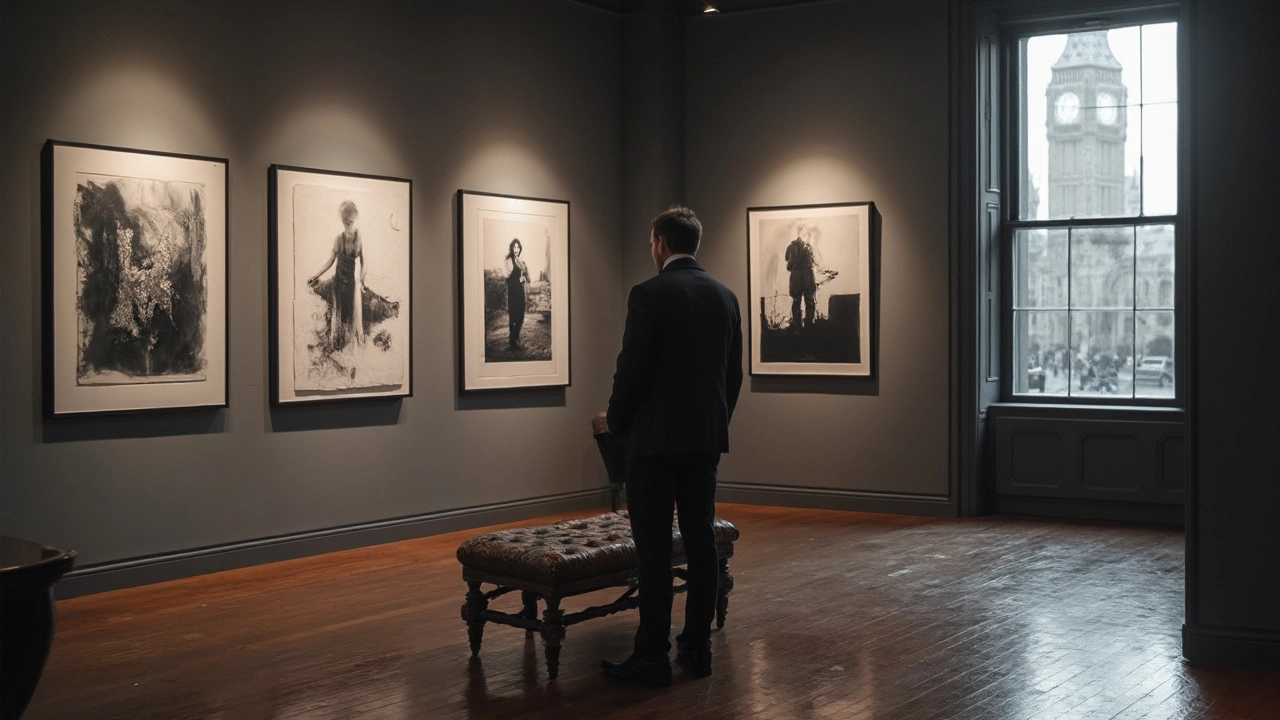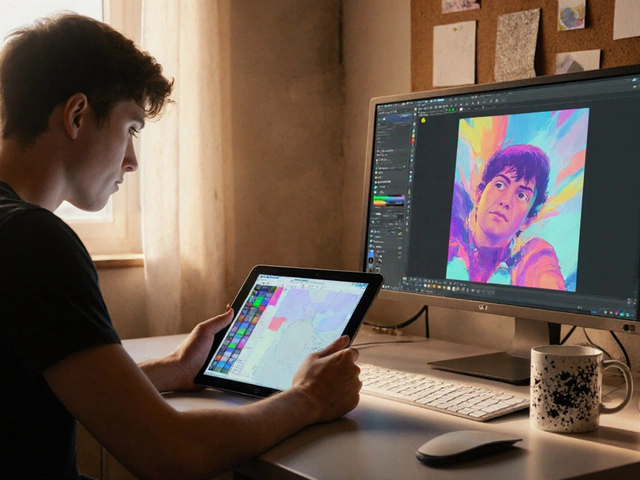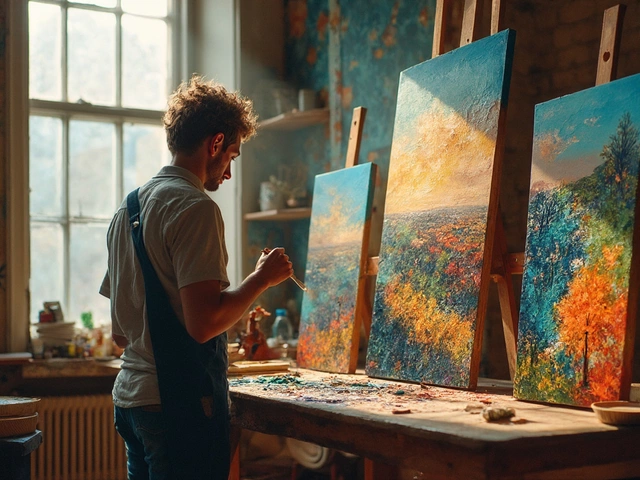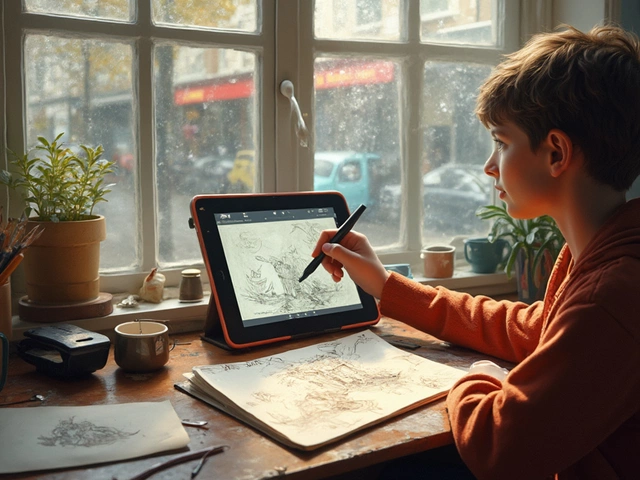Ever snapped a photo and wondered if it could belong in a gallery? Well, you’re not alone in pondering. Fine art photography isn’t about the tools you use but about expressing something deeper, more personal. It's the art of saying something profound without using words—all through your lens.
But what makes a photograph 'fine art'? To start, it's all about intention. Unlike a casual snapshot, fine art photography revolves around a clear vision. It's not about documenting what's in front of you; instead, it's about pushing an idea or feeling to the forefront. It can be as simple as capturing the serenity of the dawn or the chaos of a bustling city street.
A great way to think about it is that each shot should connect with an audience on an emotional or intellectual level. Think of your favorite piece of art—it probably moved you or made you think. Achieving that connection is the goal in fine art photography. Don’t stress if that sounds intimidating; it's more attainable than it seems!
- Understanding Fine Art Photography
- Finding Your Unique Creative Vision
- Techniques to Elevate Your Photography
- Showcasing Your Work
Understanding Fine Art Photography
So, what exactly is fine art photography? In essence, it’s the art of capturing images that go beyond just a visual experience. These photographs express a photographer's vision and emphasize ideas, subjects, or emotions. But like many art forms, it can be a bit tricky to define because it’s so deeply personal.
To delve into fine art photography, it’s crucial to move past the notion that it simply involves beautiful pictures. It’s a type of photography that often resides in galleries and is appreciated not just for its aesthetics but for the story or message it conveys. Ansel Adams, a celebrated photographer, once mentioned,
"You don’t take a photograph, you make it."
This couldn’t be more true for fine art photography. Here, you 'make' a photograph by infusing it with a part of yourself and sharing a narrative or emotion.
The Artistic Approach
Each image in fine art photography is intentional. Unlike commercial photos, which aim to sell products, these images tell a story or provoke thought. It's about creating something uniquely yours, often filtered through your perspective, emotion, or creative quirks.
Here’s a quick breakdown of what to consider:
- Vision: What is the core idea or emotion you want to convey?
- Subject Matter: Choose subjects that speak to you and express your message.
- Technique: Experiment with compositions, lighting, and post-processing to support your vision.
What Makes It 'Fine Art'?
At times, fine art overlaps with other photography genres. But what truly sets it apart is the purpose and execution behind each image. It’s not about mimicking what’s trending; it’s about standing alone and valuing originality. You’re creating something intended for interpretation or emotional engagement.
In a nutshell, it's not just about 'how' you took the picture, but 'why.' Would you like to see an example of this? Take a look at the works of Cindy Sherman or Andreas Gursky. They’ve managed to mix compelling narratives with stunning visuals—true masters of fine art photography.
| Photography Genre | Purpose |
|---|---|
| Fine Art | Express personal vision |
| Commercial | Sell or advertise a product or service |
| Documentary | Inform or document reality |
Finding Your Unique Creative Vision
So, you're ready to dive into the world of fine art photography, but can't quite pin down what makes your work stand out? Worry not. Finding your creative footing is a journey many photographers embark on. It's more about the evolution of your style than an instant epiphany.
Start with What You Love
The easiest way to carve out a niche is by focusing on subjects that stir your passions. Whether it's nature, architecture, or candid portraits, start shooting what genuinely excites you. When your heart is in it, it shows in your work, making it more likely to resonate with others.
Experiment and Explore
To discover what makes your photography unique, don't hesitate to experiment. Play around with different techniques, lighting, and compositions. Sometimes, an unconventional approach is what sets a piece apart. Think about famous artists like Cindy Sherman, whose work often challenges societal norms. They didn't stick to the beaten path, and neither should you!
Draw Inspiration, but Don't Imitate
There's a fine line between inspiration and imitation. While it's great to appreciate other artists, avoid copying their work. Use their pieces as a springboard for your own ideas. How? Consider what you like about a particular photo and how you can incorporate it into your style—without losing your originality.
Reflect and Refine
Your vision will develop as you grow. Regularly step back and review your work. Are you conveying the message you intend to? Are your photographs consistent with your creative voice? It might help to receive feedback from peers or mentors—a fresh set of eyes can offer valuable insights.
Data-Driven Insights
Considering stats on trends in fine art photography can be enlightening. For example, did you know that images with strong narrative elements or those involving surrealism often attract more interest in galleries? Here’s a small table of common themes and their popularity among gallery visitors:
| Theme | Popularity (%) |
|---|---|
| Surrealism | 68% |
| Narrative | 72% |
| Abstract | 55% |
Keep these themes in mind as potential avenues, but always stay true to what speaks to you.
In the end, your unique creative vision will be your most powerful tool in the world of fine art photography. It's not just about finding your place—it's about making your mark.
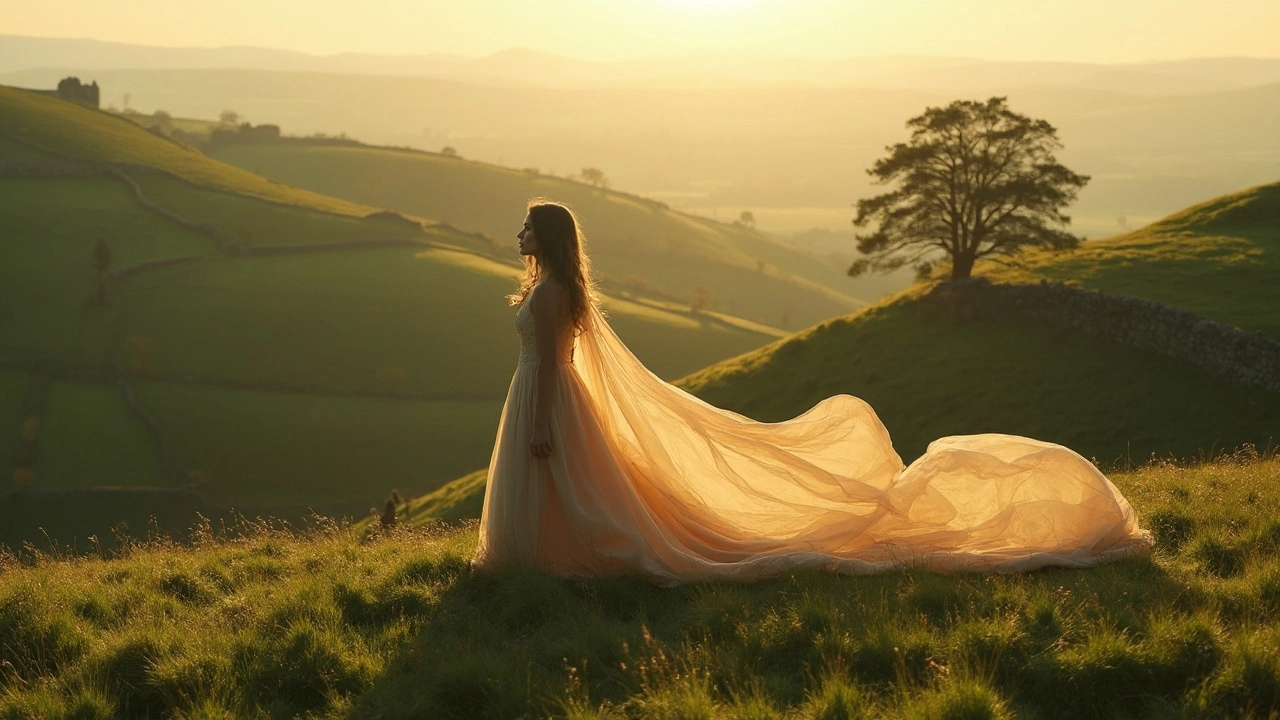
Techniques to Elevate Your Photography
So, you've got your camera and your passion, but how do you take your photos to the next level? Lucky for you, there are some tried and true techniques that can really boost your fine art photography.
Mastering the Basics
First things first, nail down the fundamentals. Understanding composition, exposure, and lighting is key. These basics serve as the foundation, letting your creativity shine without getting bogged down by technical issues. Remember, rules like the Rule of Thirds can guide your composition, but don't be afraid to break them when you see fit.
Playing with Light and Shadow
Lighting can make or break a photograph. Experiment with natural lighting for its rich, warm tones, or try out dramatic lighting setups for something more moody. Sometimes shadows are just as important as the light itself, helping to outline your subject and give depth to your images.
- Shoot during the 'golden hour'—the first and last hours of sunlight in the day—to capture soft, diffused light.
- Practice using shadows creatively to add mystery or emphasize textures.
Experimenting with Techniques
Don't shy away from getting experimental. Try long exposure for capturing motion, or macro shots to appreciate details that are usually overlooked. Post-production is also your friend; editing can enhance your work if done cleverly. Tools like Adobe Lightroom or Photoshop can help adjust colors, contrast, and bring out details you might have missed.
Keeping Your Vision Consistent
Consistency is key. Whether it's through a specific color palette or recurring themes, keeping your work consistent helps express your unique creative vision. It also makes your portfolio more cohesive, showing that you have a distinct style. You want viewers to see a photo and immediately say, "That's your work!"
Continuous Learning and Inspiration
Stay inspired by visiting galleries, exploring other photographers' work, or even taking online courses. The world of photography is always evolving, and it doesn't hurt to keep learning. Plus, you never know what new idea might pop up next!
Keep these techniques in your toolkit, and with time and practice, you'll see your work rise to the standards of fine art photography. Remember, it's all about expressing your vision and engaging your audience.
Showcasing Your Work
Getting your fine art photography out there is just as crucial as creating it. Whether you're aiming for gallery walls or the digital space, your presentation can make or break your success. Here's how you can effectively showcase your prized creations.
Online Portfolios
First off, a killer online portfolio is a must. Tools like Squarespace or Adobe Portfolio offer intuitive ways to display your collection. Keep the design clean and let the images shine. Don't go overboard with effects or clutter—let your work do the talking.
“A photograph is an invitation to pause, reflect, and appreciate the moment.” – Ansel Adams
Print and Physical Displays
Believe it or not, print still has its place, especially if you're aiming for gallery showings. Invest in high-quality prints that do justice to your work. Use reputable services like WHCC or Printique for top-notch results, making sure your colors are vivid and your images are sharp.
Social Media
Social media platforms like Instagram and Pinterest are golden opportunities to reach a wider audience. Make sure to consistently post, engage with followers, and use relevant hashtags. Collaborate with other artists or even offer prints for sale right on the platform. Remember to check analytics regularly to see what clicks with your audience.
Networking and Events
Consider attending or exhibiting at art fairs and local events. They’re perfect for meeting other artists, potential buyers, and gaining that all-important face-to-face feedback. Many art fairs also offer online components nowadays, broadening the scope of your reach.
Competitions and Judging
Entering photography competitions can significantly boost your visibility. Look for contests organized by groups like the World Photography Organisation or LensCulture. Winning or being shortlisted can serve as a badge of credibility.
- Ensure your work aligns with the competition theme.
- Pay attention to submission guidelines.
- Share any accolades on your resume and online portfolio.
Tracking Success
Success doesn’t come overnight, so keep a close eye on your progress. Record your achievements and reflect on feedback. By analyzing the growth, you can better shape your future projects.
